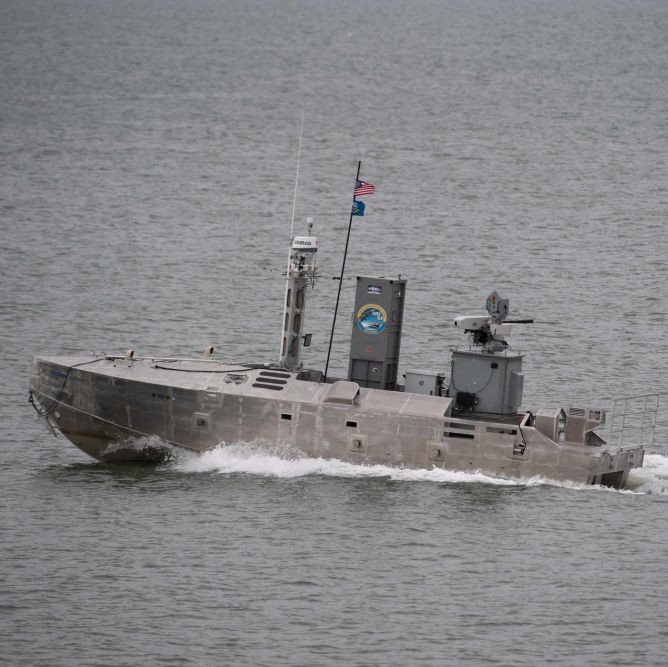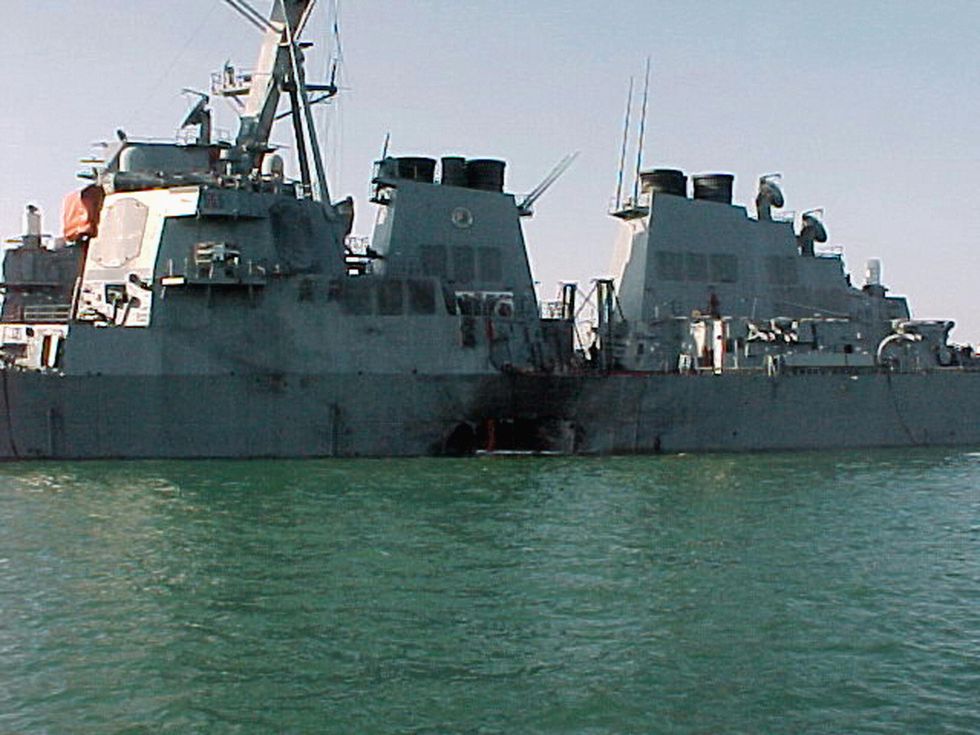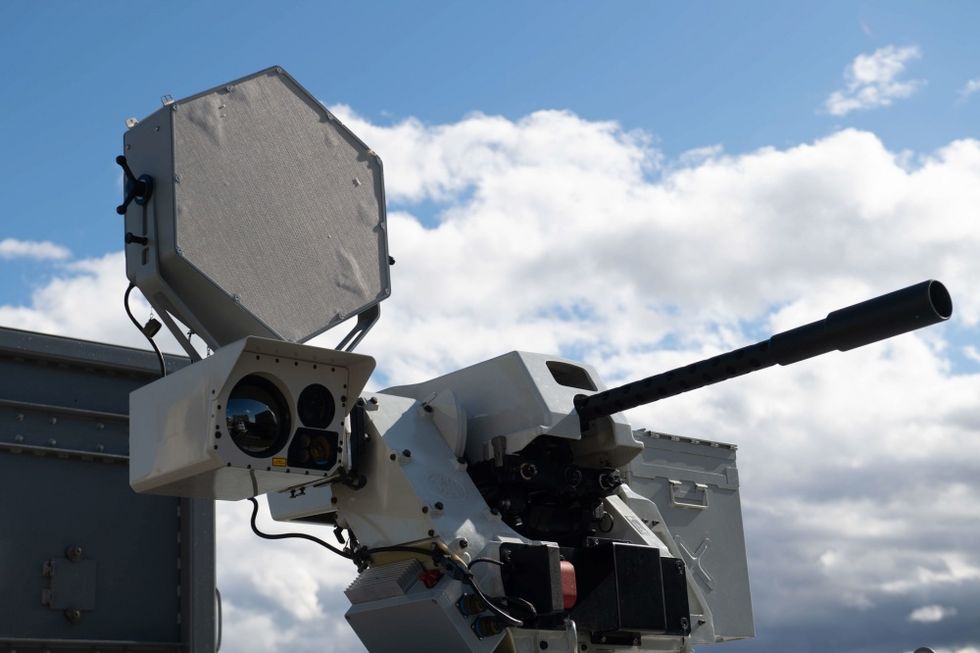Post by magnum on Feb 24, 2020 22:41:12 GMT
The U.S. Navy's New Robo-Boat Has No People, But It Does Have a Very Big Gun
The CUSV could one day protect ships from terrorist attacks.
By Kyle Mizokami

The U.S. Navy learned a bitter lesson in 2000, when the USS Cole was attacked in Aden Harbor by Al Qaeda.
The service is looking to the CUSV boat drone as a way to provide harbor security against terrorist attack.
The drone is equipped with a heavy machine gun, in case verbal warnings are not enough.
One of the most important but generally overlooked missions of the U.S. Navy is port security. While incidents in peacetime are generally rare, the 2000 terrorist attack on the destroyer USS Cole remains a real danger. Now the Navy is experimenting with using one of its newest unmanned boats as a way to protect warships sitting pierside from attack.

AFPGetty Images
In October 2000, the guided-missile destroyer USS Cole was refueling at the port of Aden in Yemen when it came under attack by Al Qaeda terrorists. A small boat loaded with explosives sidled up to the 10,000 ton destroyer and exploded, killing 17 U.S. Navy sailors and injuring 39. The explosion ripped a gaping hole in the hull and required $200 million in repairs.
Since the attack on the Cole, the Navy has gotten a lot more serious about port security. Now the service is testing the Common Unmanned Surface Vehicle (CUSV) as an unmanned, autonomous sentry capable of protecting much bigger ships from interlopers. The service is testing CUSV at Norfolk Naval Base, where it simulated patrolling near the guided-missile destroyer Arleigh Burke and the aircraft carrier John C. Stennis.
CUSV is a small, unmanned boat developed by Textron Systems. CUSV is 39 feet long and capable of speeds of up to 35 knots. The robo-boat can stay on the water for twenty or more hours at a time, in rough seas, while towing more than 4,000 pounds. It is capable of being controlled remotely or operating autonomously on its own, with a human capable of stepping in to control the boat in emergencies.
CUSV is also modular and can be adapted to many different roles. For the harbor security role, the Navy added electro-optical cameras, loudspeakers, and a remote-controlled .50-caliber machine gun. While CUSV has the ability to conduct many tasks autonomously, such as patrolling a set geographic area, only a human monitoring the situation remotely can fire the weapon.

U.S. Navy photo by Mass Communication Specialist 3rd Class Rebekah M. Rinckey
According to Navy Times, the drone sentry concept was tested last week against a simulated intruder. The CUSV, remotely controlled by operators in a shipping container using video game controllers, raced to intercept a simulated threat. The drone boat intercepted the other boat, ordered it to leave via loudspeaker, and simulated opening fire to disable the boat.
In the future, most U.S. Navy frigates, destroyers, and cruisers will likely embark small boats such as the CUSV, swapping out hardware to perform different missions. CUSV will allow sailors to stay out of harm’s way while also sparing sailors the drudgery of manning a similar boat for hours at a time and in bad weather conditions.
Source: Navy Times











